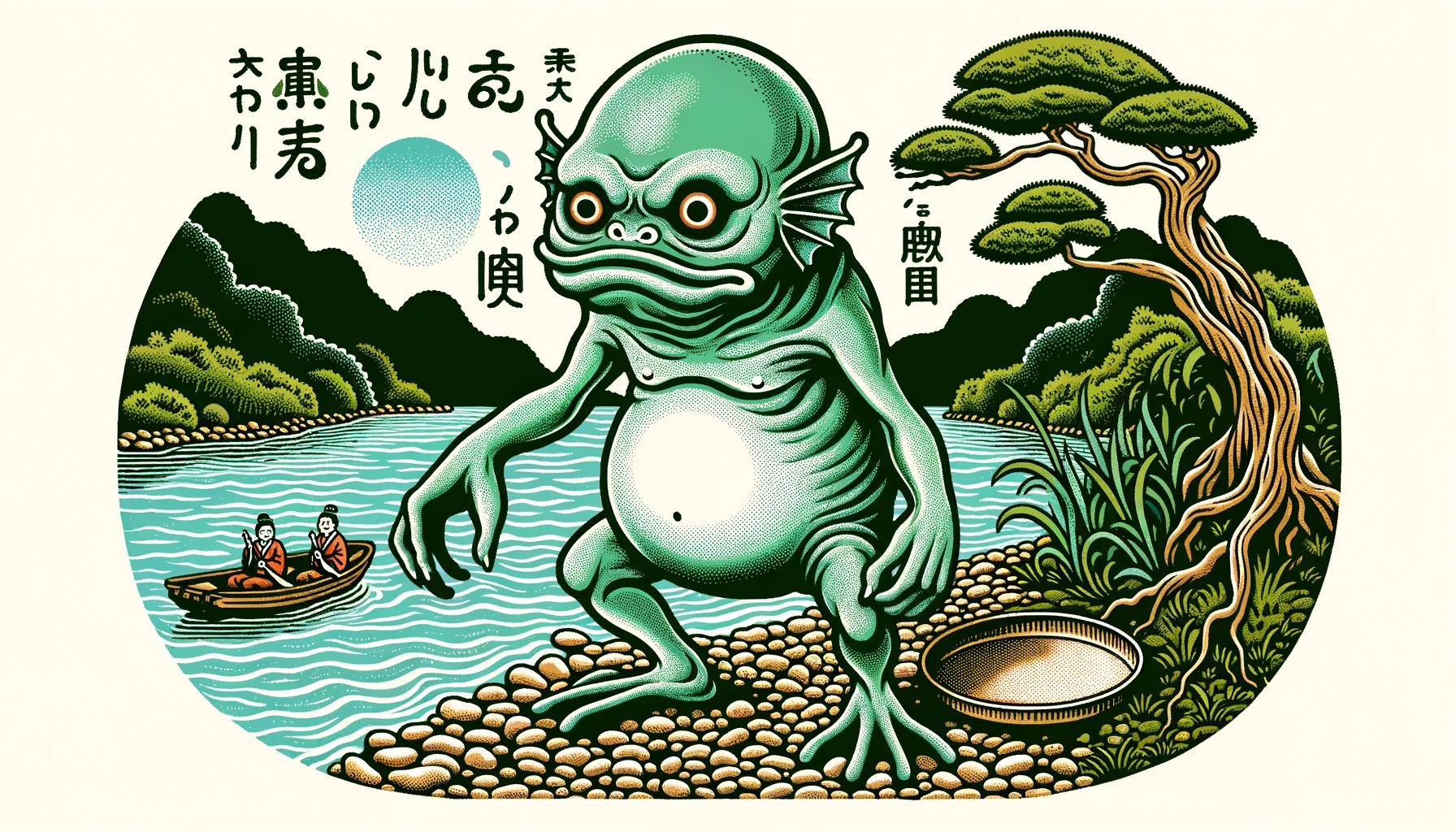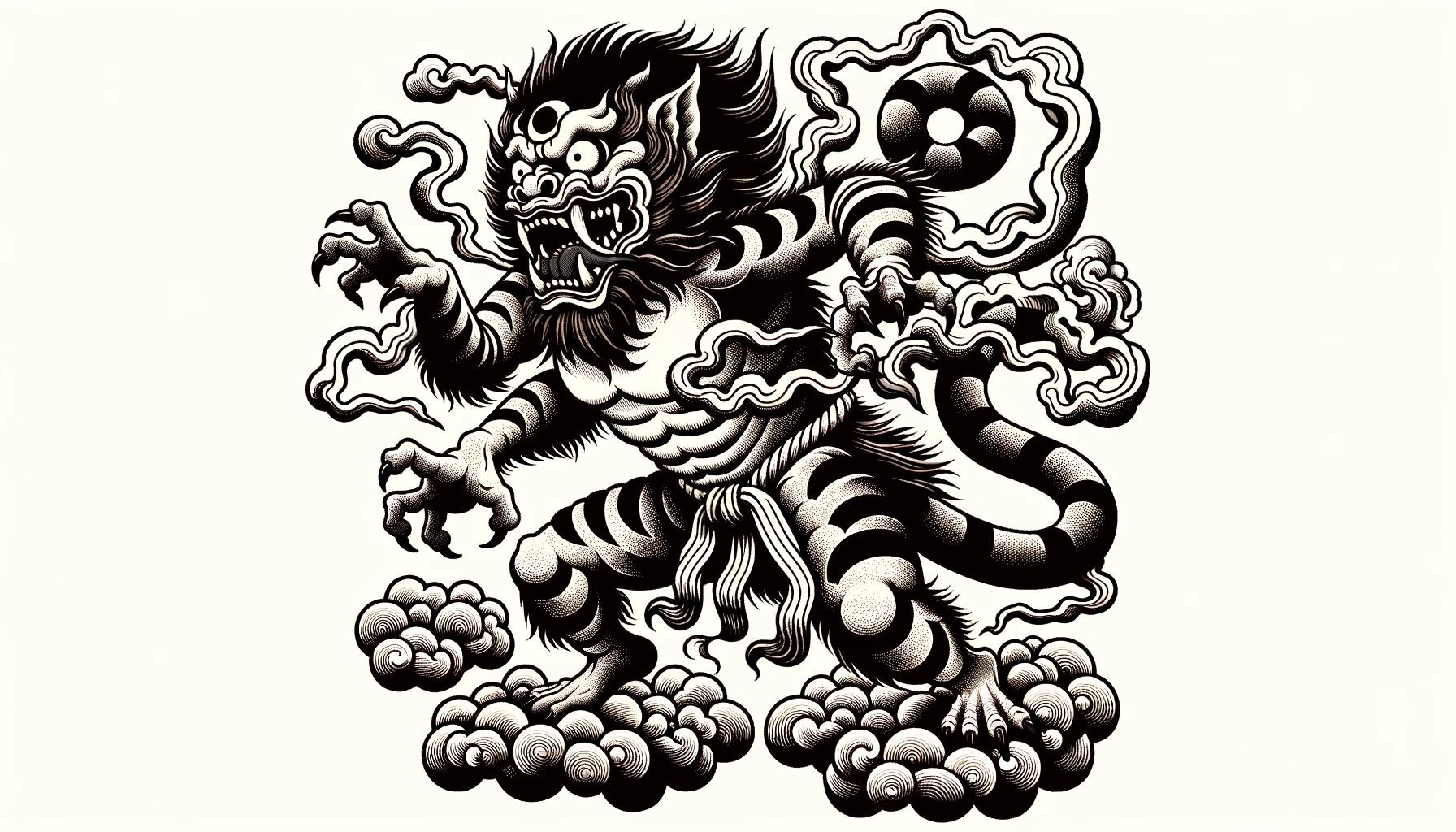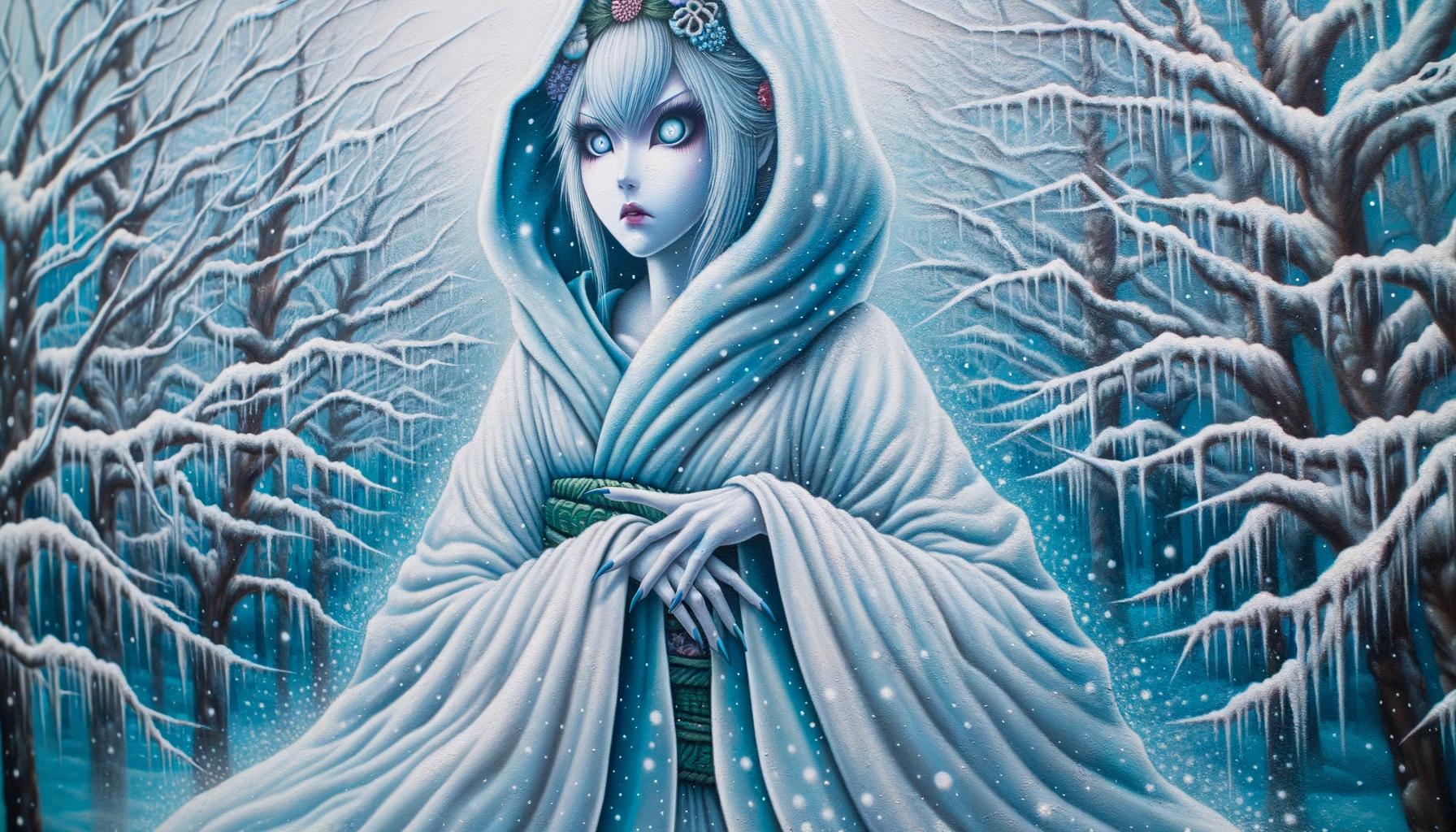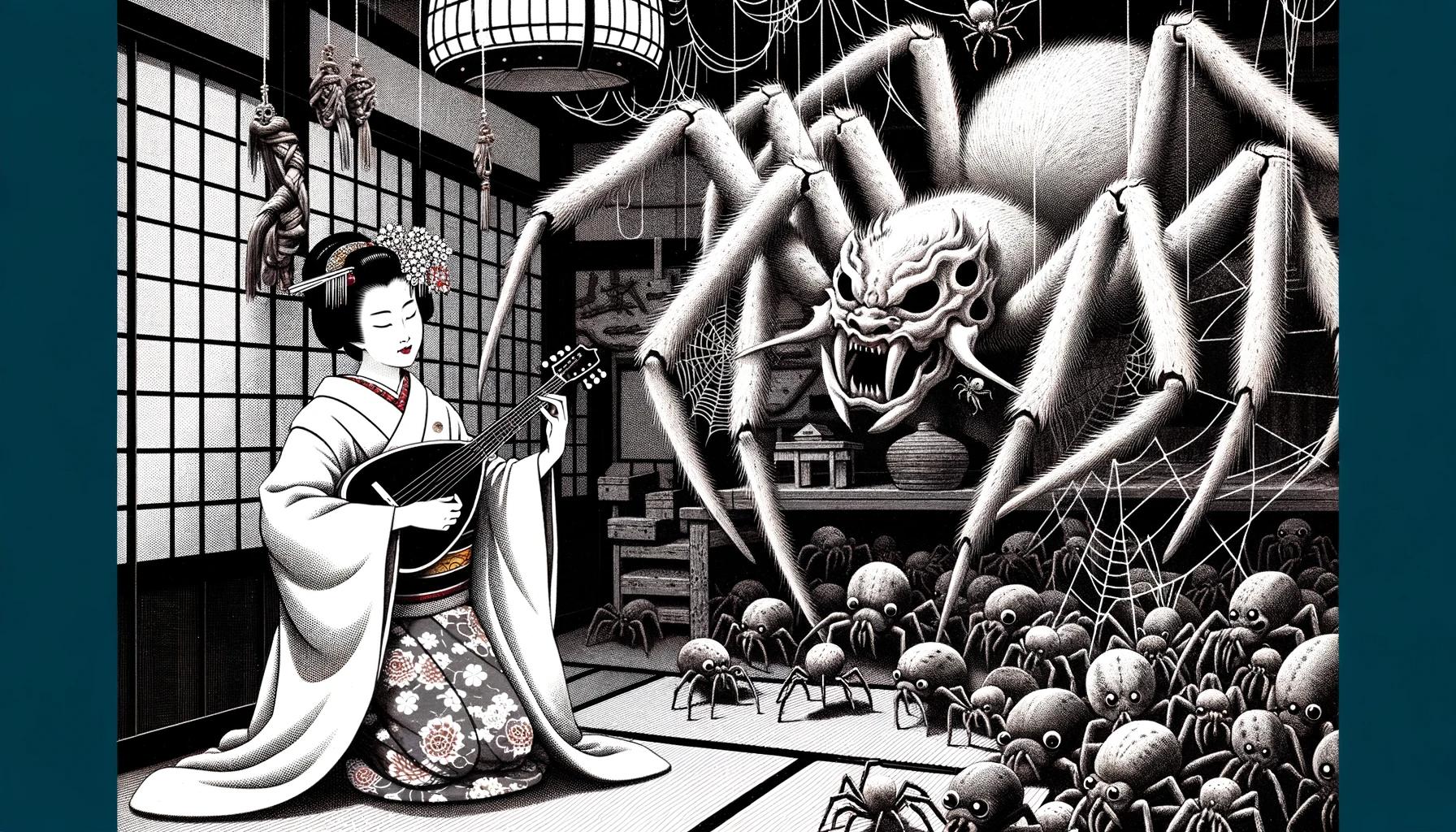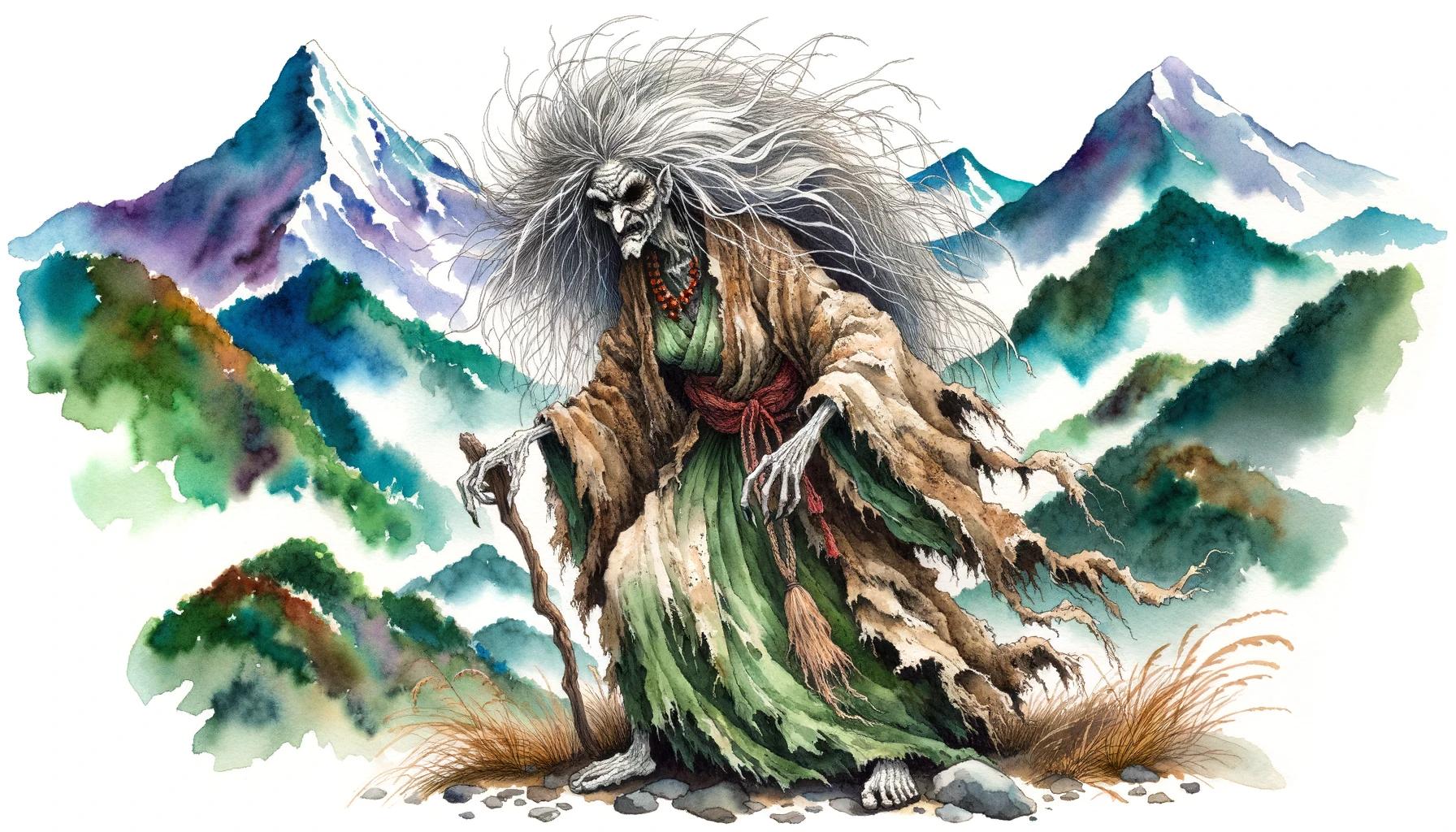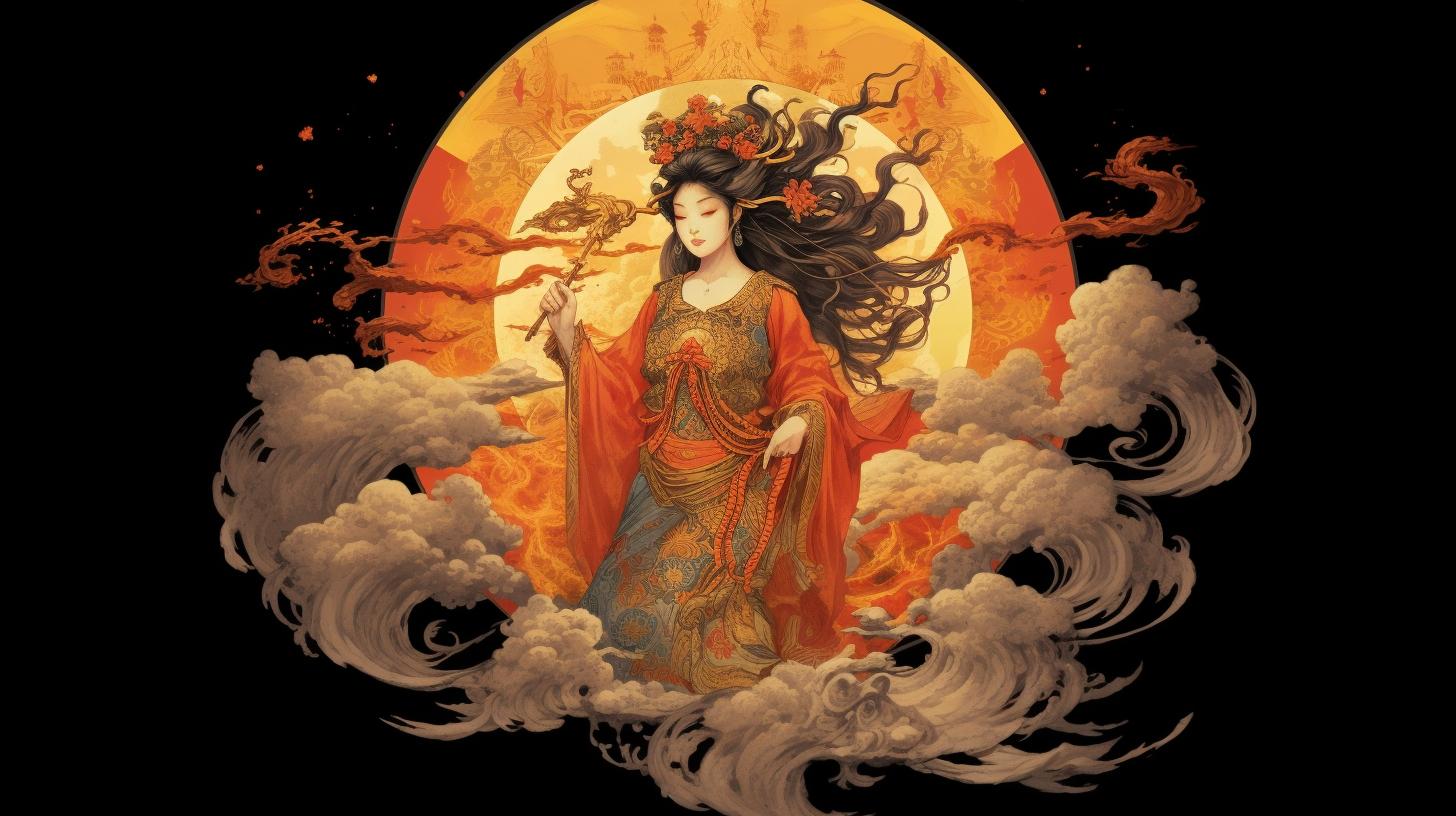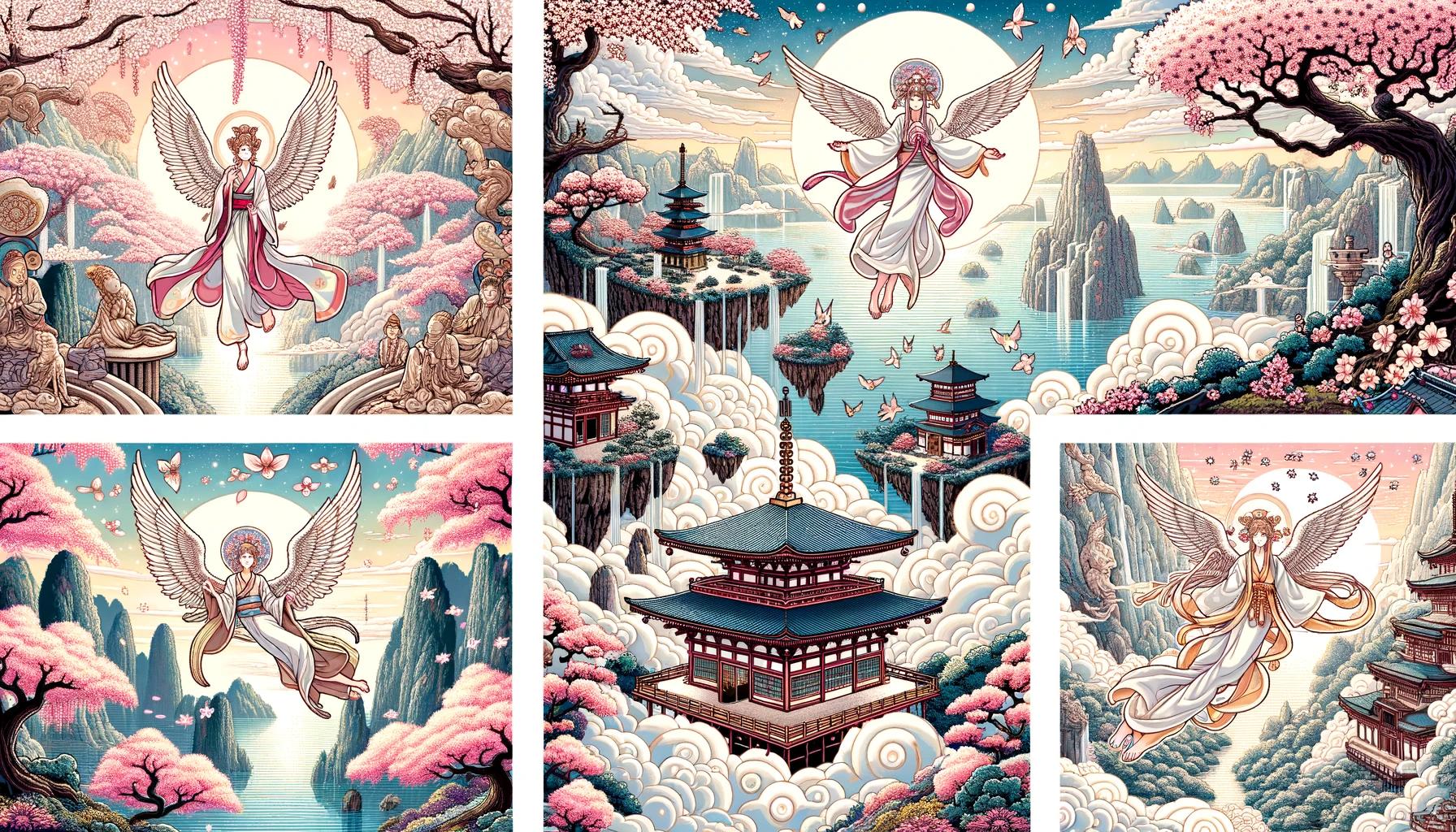Tanuki Japanese Mythology: Exploring the Fascinating Creatures of Japanese Lore
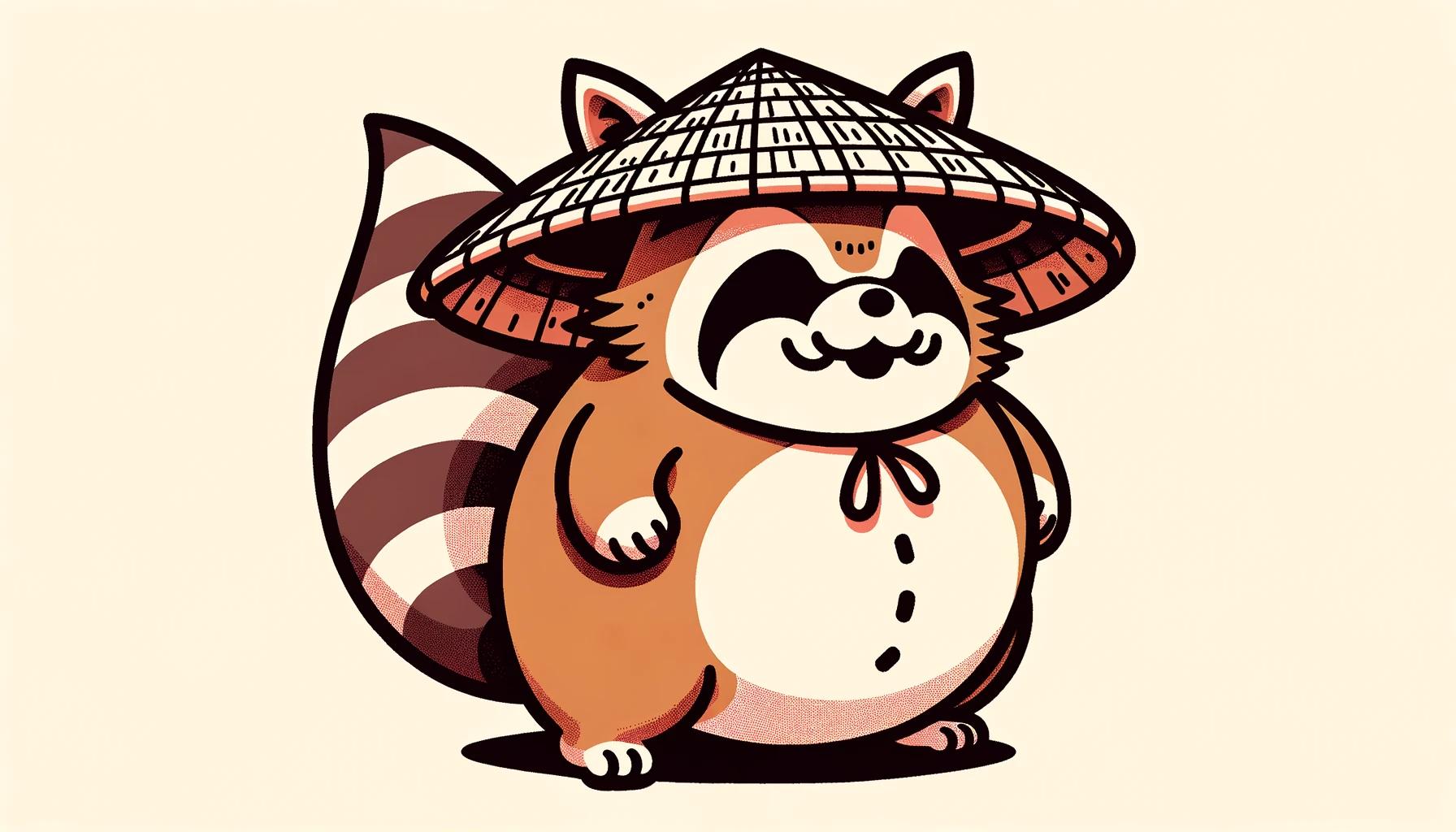
Tanuki Japanese mythology is a captivating subject filled with legends and folklore. These mischievous creatures are known for their ability to transform and play tricks on humans. With supernatural powers and associations with luck and prosperity, Tanuki hold significant cultural significance in modern Japan.
From art and fashion to cuisine and entertainment, their presence is widespread. Symbolizing good fortune and prosperity, Tanuki have become iconic figures in Japanese culture. In this article, we will delve into the rich mythology, supernatural powers, modern relevance, and deeper cultural meanings surrounding Tanuki.
The Legends and Folklore Surrounding Tanuki
Tanuki, fascinating creatures of Japanese folklore and mythology, have captivated the imaginations of people for centuries. Let’s delve into the intriguing stories and beliefs surrounding these mythical beings.
Tanuki in Japanese Folktales and Mythology
In Japanese folktales and mythology, Tanuki are often depicted as mischievous but lovable tricksters.
These tales portray them as shape-shifting beings with the ability to transform into various objects or other creatures. Known for their playful nature, Tanuki are infamous for their pranks and antics, often leaving humans puzzled and amused.
Tanuki’s Transformation Abilities and Trickster Nature
One of the most distinctive characteristics of Tanuki is their incredible powers of transformation. They can change their appearance at will, taking on different forms, such as humans, animals, or even inanimate objects.
This ability allows them to blend into their surroundings, trick unsuspecting individuals, and create a sense of wonder and enchantment.
Tanuki’s Association with Foxes and Other Creatures
In Japanese mythology, Tanuki share a close association with foxes, another mythical creature called Kitsune. While both possess shape-shifting abilities, they differ in intelligence and demeanor. Tanuki are often portrayed as less intelligent but more whimsical and fun-loving in their pranks and mischief-making.
This juxtaposition of Tanuki and Kitsune adds depth to the rich tapestry of Japanese folklore.
Throughout generations, the legends and folklore surrounding Tanuki have been passed down, capturing the imagination of individuals young and old.
Exploring these tales sheds light on the incredible world of Japanese mythology and the enduring charm of these mischievous creatures.
Tanuki and their Supernatural Powers
Japanese mythology is filled with tales of the Tanuki, intriguing creatures with extraordinary supernatural abilities. In this section, we will delve into their remarkable powers and the fascinating aspects that surround them.
Understanding the Supernatural Abilities of Tanuki
Tanuki possess an array of supernatural abilities that captivate the imagination. From shape-shifting to mind control, these mythical creatures exhibit powers beyond human comprehension. Legends speak of their incredible strength, agility, and even telepathic communication among themselves.
These supernatural powers have long been subjects of awe and admiration in Japanese folklore. Tanuki are revered for their ability to manipulate the natural world and bend reality to their will, surpassing the limits of ordinary beings.
Tanuki’s Powers of Transformation and Shape-Shifting
One of the most renowned aspects of Tanuki mythology is their exceptional power of transformation. In the blink of an eye, Tanuki can assume various forms, from humans to animals, objects, and even impersonating inanimate things like trees or rocks.
Whether adopting the guise of another creature or an inanimate object, Tanuki’s shape-shifting abilities are not only impressive but also serve as a means of survival and mischief. This transformative quality allows them to navigate different worlds and elude capture.
Tanuki’s Association with Luck and Prosperity
Beyond their supernatural powers, Tanuki also symbolize luck and prosperity in Japanese culture. They are associated with bountiful harvests, business success, and financial abundance. Tanuki statues, often found in Japanese businesses and households, are believed to bring good fortune to their owners.
Furthermore, their cheerful and mischievous nature adds an air of light-heartedness to their association with luck and prosperity. Tanuki’s playful antics and joyful demeanor are thought to attract positive energy and create an uplifting atmosphere.
- Tanuki’s shape-shifting abilities astonish with their versatility, allowing them to adapt to any situation with ease.
- Legends tell of Tanuki transforming into everyday objects like teapots, umbrellas, or even entire buildings.
- Their knack for assuming the appearance of humans adds a layer of intrigue and unpredictability to their interactions with people.
In conclusion, the supernatural powers of Tanuki encompass their transformative abilities and their association with luck and prosperity.
They serve as a reminder of the extraordinary and magical elements that exist within Japanese mythology, captivating the imaginations of those who encounter their tales.
Tanuki in Modern Japan
Tanuki’s presence and influence extend beyond ancient tales and folklore, as they continue to play a significant role in contemporary Japanese culture. From art and fashion to entertainment and cuisine, Tanuki’s charm and distinctive characteristics have found their place in various aspects of modern Japanese society.
Tanuki’s Role in Contemporary Japanese Culture
Tanuki has become an iconic figure in Japanese pop culture, representing a sense of whimsy and lightheartedness. They are often featured in anime, manga, and video games, captivating audiences with their playful antics and comedic nature.
The mischievous and transformative qualities of Tanuki have inspired countless artistic representations, showcasing their enduring popularity among the Japanese people.
Tanuki in Art, Fashion, and Entertainment
The image of Tanuki has made its way into various art forms, including traditional paintings, sculptures, and contemporary graphic designs. Often depicted with their distinctive round bellies, large testicles, and mischievous smile, Tanuki’s portrayal in art reflects their association with prosperity and good fortune.
Additionally, Tanuki-inspired fashion items, such as clothing and accessories, celebrate their playful and jovial spirit, resonating with fashion enthusiasts.
Furthermore, the entertainment industry has embraced Tanuki’s character, featuring them in movies, TV shows, and theatrical performances.
These portrayals often highlight Tanuki’s transformative abilities and clever tricks, entertaining audiences with their comedic escapades.
Tanuki’s Presence in Japanese Cuisine and Restaurants
Tanuki’s cultural significance extends to the culinary realm as well. Their iconic image can be spotted in Japanese restaurants, especially those specializing in traditional dishes. An example of Tanuki’s presence in cuisine is the popular “Tanuki Soba,” a type of noodles garnished with tempura.
These dishes often incorporate Tanuki’s influence through decorative elements or names that pay homage to their mischievous reputation.
Restaurants and cafes also feature Tanuki-themed merchandise, such as keychains, plush toys, and table decorations, allowing visitors to bring a piece of this beloved creature into their own lives.
In conclusion, Tanuki’s presence in modern Japan is evident through its role in culture, art, fashion, entertainment, and cuisine. Their playful and transformative nature continues to captivate the imagination of the Japanese people, making them an endearing and iconic symbol within contemporary society.
The Symbolism and Cultural Significance of Tanuki
Exploring the deep-rooted cultural significance and symbolic meanings associated with Tanuki provides us with a richer understanding of these fascinating creatures. From their symbolic representations to their role as harbingers of good fortune, Tanuki holds a special place in Japanese culture.
Tanuki’s Symbolic Representations and Meanings
- Tanuki is often depicted wearing a straw hat, symbolizing protection and safety in Japanese folklore. This represents their role as guardians and protectors.
- Their large, expressive eyes symbolize the importance of making wise decisions and seeing through deception.
- A smiling face portrays kindness and generosity, emphasizing Tanuki’s association with warmth and positive energy.
- The presence of a sake bottle symbolizes learning from carefree individuals and embracing a joyful, carefree approach to life.
- A book in Tanuki’s image signifies the importance of keeping track of finances and maintaining balanced economic prosperity.
- The belly drum, often depicted being played by Tanuki, signifies a peaceful and audacious attitude, reminding us to approach life with tranquility and courage.
- Bags of gold represent a growing fortune, implying the potential for abundance and prosperity in various aspects of life.
- Lastly, the large tail of Tanuki represents harmony, balance, and stability.
It is a reminder to maintain equilibrium in all endeavors.
Tanuki as a Symbol of Good Fortune and Prosperity
Tanuki has long been associated with good fortune and prosperity in Japanese folklore. Their playful and mischievous nature is believed to bring joy and luck to those they encounter. In the modern context, Tanuki has become a popular talisman of good fortune, often displayed in homes, businesses, and gardens.
Their presence symbolizes the belief in the potential for success, growth, and abundance. Tanuki’s association with wealth extends beyond material riches, encompassing spiritual, emotional, and relational prosperity as well.
Cultural Implications and Traditions Associated with Tanuki
- In various regions of Japan, traditional festivals and events celebrate Tanuki as a way to invite prosperity and good luck into the community.
These celebrations often include parades, dances, and performances featuring Tanuki-themed costumes and masks.
- Artists and craftsmen have incorporated Tanuki motifs in pottery, paintings, and sculptures as a way of preserving and promoting cultural heritage.
- Tanuki has also become a popular character in contemporary literature, films, and anime, further cementing their cultural significance.
- Various rituals and customs are associated with Tanuki, such as rubbing the belly of a Tanuki statue for good luck or carrying a small Tanuki charm for protection and prosperity.
Overall, Tanuki’s symbolism and cultural significance in Japan showcase the enduring fascination and reverence for these mythical creatures throughout history and in modern society.
.













